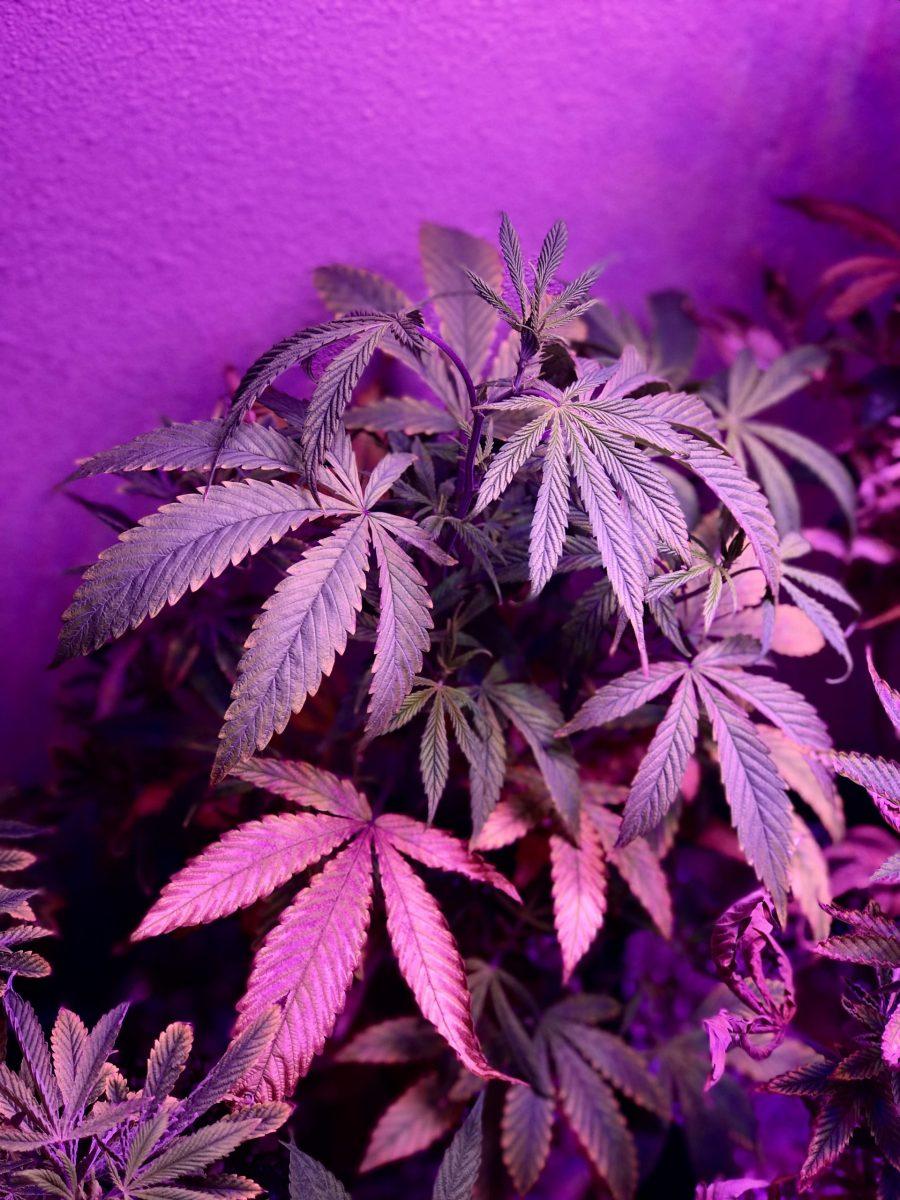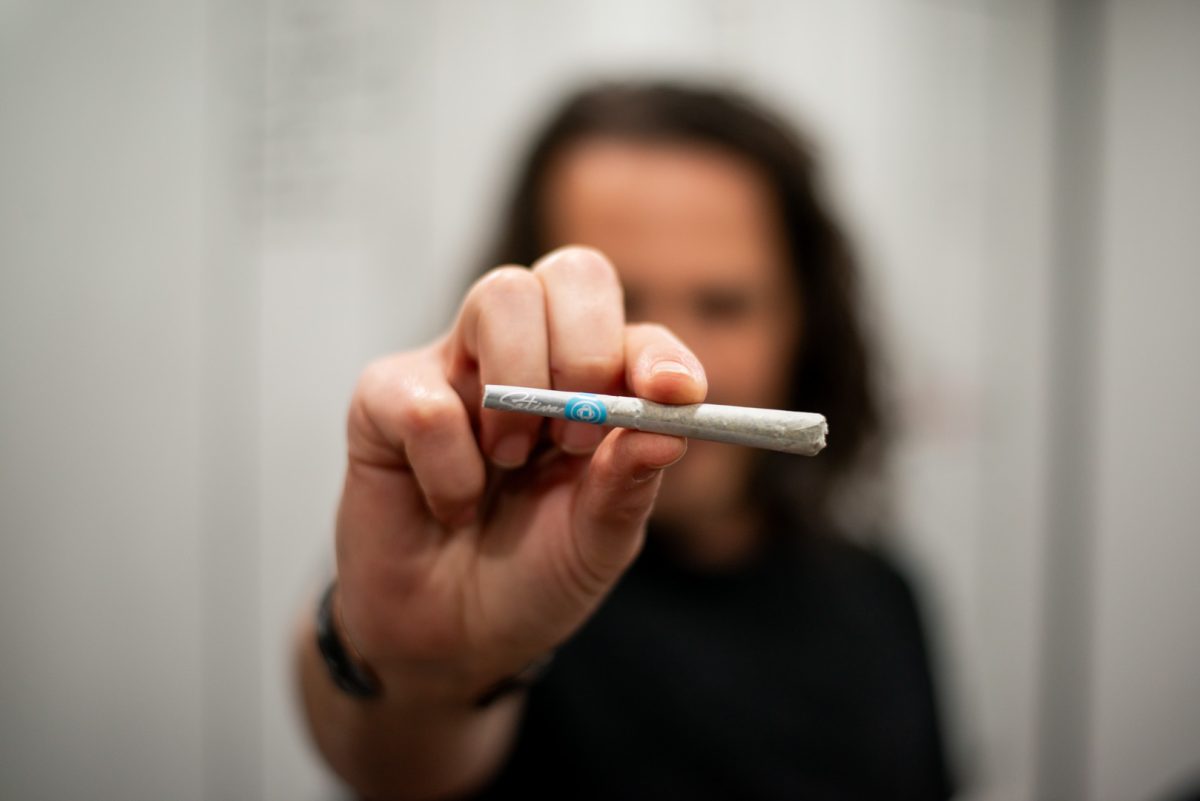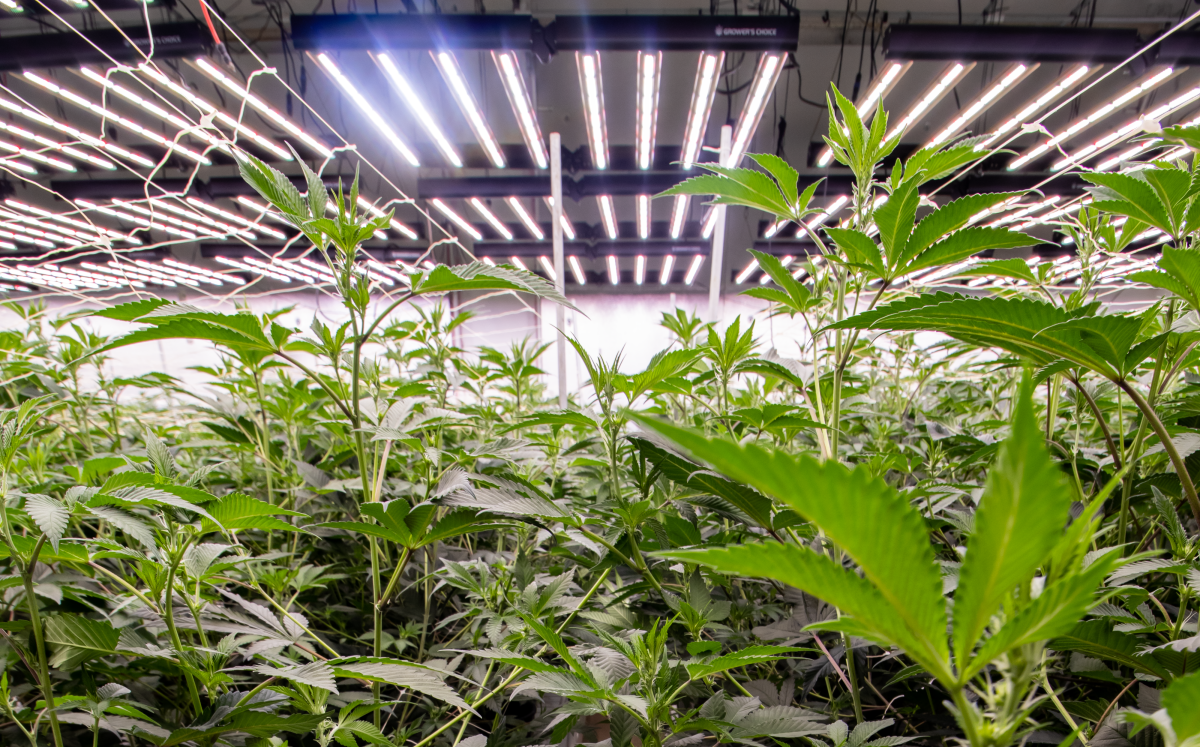Facing down the huge checklist that comes with putting your first marijuana plant in the ground can be a daunting challenge. We talked to local Eugenians and a local company, SugarTop, to get the best tips for putting your first plant in the ground.
Environment is crucial to producing healthy, happy plants that will reward you come harvest season. Try to think about it like you would with any average tomato plant or flower; they can’t grow successfully or produce a good bounty in a dark closet or in freezing temperatures.
Prepare your grow space carefully before introducing your clones or infant plants to the conditions. One place to stop by for your environmental gardening needs is Down To Earth Home & Garden. The shop specializes in durable, recycled products and its wide selection of organic, all-natural fertilizers and gardening tools will make for the hardest decision yet. Check out their Eugene location at 532 Olive St., open daily from 10 a.m. to 6 p.m., closing at 5 p.m. on Sundays.
Here are some other things to keep in mind:
- Be sure to consider the air circulation and the space that your plant has. Think of it like your own living environment and if you would have enough room or if you think it’s too cramped or confined.
- City water can be detrimental because it often unfiltered and can contain chlorine, so make sure you’re thinking about it if you live off of city water. Most often, a cleaning process will be necessary and can affect the overall result you get out of your plant in the end.
- Keep it simple. Stay away from heavily advertised soils or fertilizers that come with intricate, excessive fancy systems. Mother Nature has set the best examples and should be followed accordingly. Healthy black earth, clean water, some good ol’ chicken poo fertilizer and lots of sunlight will make for the happiest plants.
- Bonus Tip: Don’t make it too hard on yourself when selecting the strain you want to grow. If it’s your first time, try Lemon Kush, Girl Scout Cookies or Sour Diesel. They are all commonly grown strains that thrive in the Oregon climate.
Lighting makes a huge difference in a person’s level of productivity, so it makes sense that it would do the same for a growing, changing plant. Fluorescent lighting is easily accessible and common in the use of cultivating marijuana plants and can replicate the outcome of their outdoor-grown brethren who receive vitamin D straight from the sun. Heinke’s Electrical & Lighting offers a selection of products, and their store slogan of “catering to do-it-yourselfers” is the perfect attitude for prospective growers looking to get their hands in the dirt. Heinke’s, open at 645 Adams St. from 8 a.m. to 5 p.m. every day and closed on Sunday, is the one-stop shop to hook up your lighting.
- The dim glow of your 60-watt bulbs is not enough to satisfy a growing marijuana plant. Reflective lighting, light deprivation and appropriate timing on the lights can be key to growing a small-scale operation and getting a good yield on your plants.
- LED is the only way to go. Pay attention to the proximity of the light to the plant; see how it reacts and make changes accordingly. The bulb should never come in contact with the plant itself.
- Bluer lighting is the best when you’re waiting for your plant to flower. LED lights put out a really nice broad-blue spectrum and generate half as much heat for the plant.
Research the best ways to ensure your plants get what they deserve. Compare and contrast answers you see, fact check their validity with as much reliable information as you can, and then repeat the process all over again. Beautiful, bountiful plants come out of well-rounded growers who spend huge amounts of time getting to know the plant and hitting the books.
Oregon’s Constant Gardener, a local, family-owned company, is a great place to start looking for any of your gardening needs. They offer a wide variety of products to start a garden or maintain an existing one. The Constant Gardener’s Springfield store is located at 2053 Laura St., and the Eugene store is on 990 Garfield St. Both locations are open from 10 a.m. to 6 p.m.
Bonus: Oregon Constant Gardener is offering an Indoor Gardening Basics Class Dec. 2 for $10. Get more details and sign up in store or online at ocgfam.com.
- Read as much as you can stand, learning the plant is one of the only things you can do to make proper judgment and decisions on its growth. Watch YouTube videos from other growers, find online discussion forums, soak up all of the information. Check out “The Marijuana Horticulture Indoor Medical Grower’s Bible.” It has all of the fundamentals and basics to putting your first plant in the ground (or pot).
- Grow only females or mother plants if you’re a beginner. Producing male plants can cause a serious amount of issues across the board if you don’t know what you’re doing. Learn how to sex a plant or have a more experienced friend (or expert) come and check for you to make sure you have the right plant.
- Make sure your resources are reliable ones, or at least ones you consider to be trustworthy. Follow the information you read in published pieces of work and look for keys that are repeated; it’s more likely to be valuable and useable.
- Be selective about which strain you want to grow first. Each strain has a different growth period, looks different and needs a slightly different environment. These changes will hugely affect how you go about creating an environment for your plant, so you need to know about it.
Now that you’ve got some helpful tips under your belt from experienced growers, here are a few reminders on how to stay within the regulations for indoor growing in Oregon.
- Plants must be on your own property.
- You must be 21 years of age or older to grow marijuana in your home.
- Four plant maximum in a household. Oregon legislation defines it as any location where you live — it does not clarify the number of people in the home or the qualifications to be a “household.”
- Remember, the law does not protect you from the federal government or your landlord. Both parties are able to override these rules, so be sure to check your lease agreement and the federal regulations before choosing to grow in your home.







